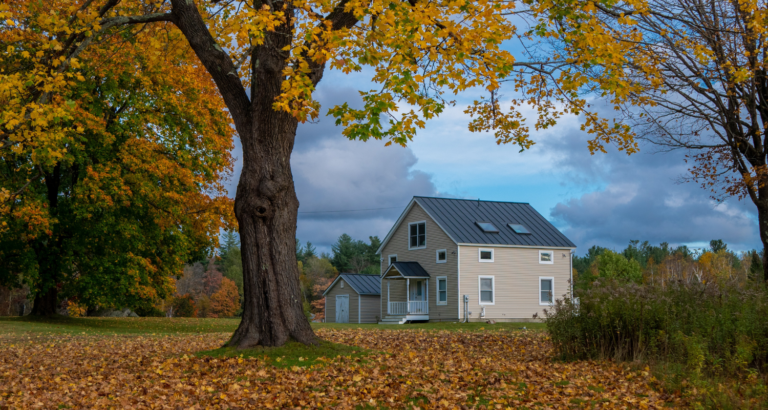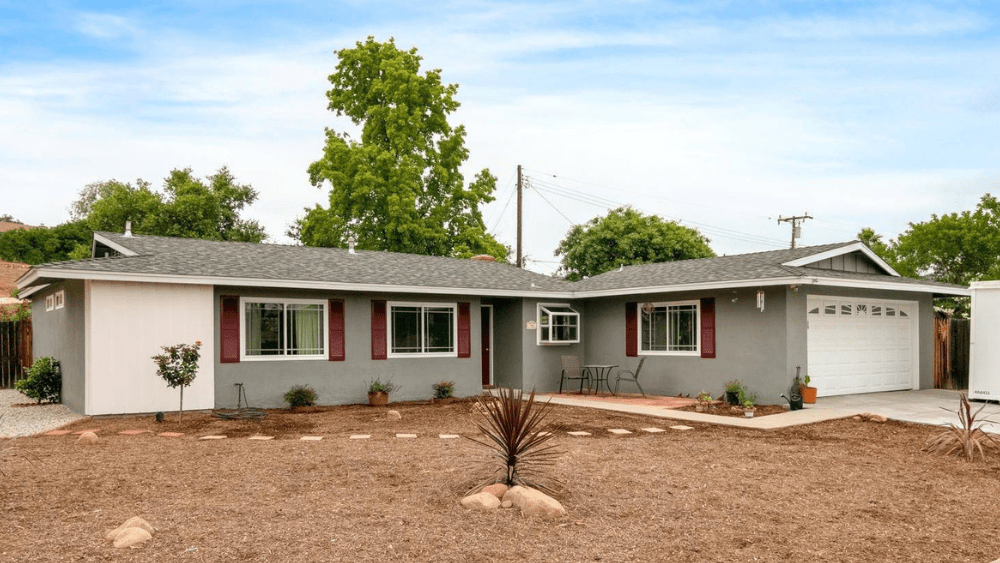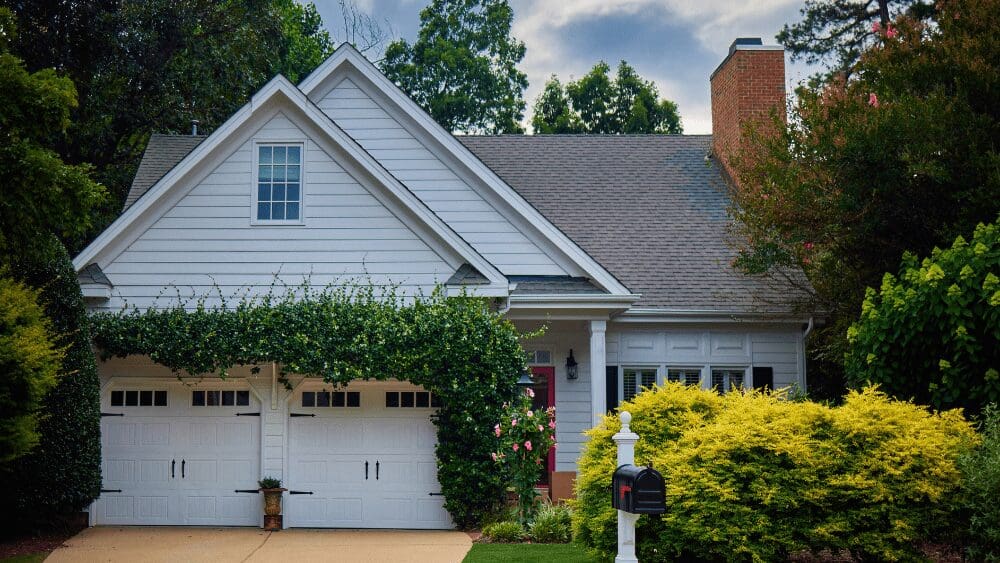
If living in a brand new house with no footprint other than yours appeals to you, you might be thinking about a new build. New construction gives you the chance to move into a house that is exactly what you want because you get to choose everything, from the builder and lot, right down to the light fixtures and bathroom hardware! It’s exciting to have all these options, but it can also be overwhelming, and it’s important to keep track of the process as you go, making sure everything is coming together in a timely manner. Letting things slip through the cracks or relying solely on your builder to take care of potential problems can be a mistake, sometimes a costly one. With the help of real estate agents who are in the know, we’ve created a new construction checklist that will help you stay on track through every step of your home build. Take a look at our breakdown of everything you need to know about each step of the new construction process. If you go to a builder, they may suggest that you use the listing agent that their company works with — but remember that the builder’s agent is looking out for their best interests, not yours. Having your own agent who is experienced in the new construction process can make a big difference, especially when you’re trying to stay on top of an ongoing build. Do some online research on agents in your area, focusing on those who have experience in new construction. Take a look at variables like customer reviews, star ratings, how many homes they’ve closed on, and what kind of expertise and special achievements or awards they may have earned. Once you narrow down your choices, interview your potential agent. You can ask questions like: In addition to hiring an agent who is experienced and knowledgeable, make sure they are someone you can work with for a long period of time. New homes can take months to complete, so your relationship with your agent is going to stretch beyond the standard 30-day transaction of an existing home. Once you’ve decided on an agent, it’s time to find a mortgage lender for your new home. Builders often provide financing for their homes, but that isn’t always going to give you the best deal. Go online or make some phone calls and see which lenders work with new construction loans. Questions to ask your lender should cover: You can also discuss mortgage options with your agent, as they are likely to have some good insight on lenders that are easy to work with — as well as helping you determine whether or not the builder’s financing, which sometimes comes with added incentives and discounts, would be best for you. Using a reputable builder is probably one of the most important factors when buying a new construction home. Chicago agent Matt Laricy, who has more than 19 years of experience in the industry and completes 41% more sales than the average agent in his area, says that due diligence when vetting a builder is crucial. “Some builders create shell companies, and if there are problems with the house after the fact, they disappear,” he says. “I’d also be hesitant to buy from a builder’s very first development. They are learning as they go, and you don’t want their problems to start with you.” Laricy suggests researching and interviewing a builder just like you would anyone else. Things to consider: Figuring out where you want your new home to be built is another important (not to mention permanent) decision. After all, if you decide you don’t like the light fixture you chose in a particular room, that’s an easy fix — but the location of your house is forever! Find out where the new developments are being built in your area, and see what’s available. Ask yourself: While lot sizes are usually established by the builder, prices can vary somewhat based on the lot’s exact location and when you buy. If you get into a development that’s just breaking ground, you might be able to get a good deal on a lot. On the flip side of that, if you buy one of the last lots available, you could pay more, especially if it’s a highly sought-after development and builder. If you do have your choice of lots, think about which one best suits you and your lifestyle: You can also look at things like drainage on the lot, whether or not it’s graded flat or you’ll have more of a terraced landscape in the backyard, and whether or not you’ll have neighbors directly behind you. Keep in mind that location can affect price, and more desirable lots (such as a corner lot) might be more expensive. Once you’ve locked in your builder and selected your lot, the fun begins, starting with choosing your floor plan! The builder will usually offer a few different options, and within those, you can sometimes make small changes. “You might be able to move the laundry room to a different location,” says Laricy, “or maybe change the kitchen island style.” Questions to ask yourself about floorplans: Like anything having to do with new construction, if you want changes to the floorplans the builder offers, it might cost you. Take time to really evaluate the builder’s offered floor plans as opposed to what you have in mind, and if it’s not exactly what you want, look for compromises. One of the great things about a new build is that you get an opportunity to make the space your own right off the bat. Instead of painting, redoing flooring, or remodeling entirely like you might do in a pre-existing house, new construction means you get to pick out the finishes to your new home. This involves a visit (or two) to the builder’s showroom, where you can see the different options available to you. Here’s where you definitely want to make sure you understand what’s included and what isn’t in your package, what is standard, and what’s considered an upgrade. “Just because you see hardwood floors in the showroom photos doesn’t mean hardwood floors are included,” explains Laricy. If you don’t want to have to pay more, you’ll be choosing your finishes from what the builder offers within the package you’re purchasing. Some of the finishes you might get to choose include: Selecting all these new things can be a lot of fun, but again, be aware of the confines of your particular contract with the builder. “They will have the basic materials, then they’ll have upgraded materials,” says Laricy. “You want to find out what’s standard and what’s an upgrade.” It’s tempting to immediately want to go for an upgrade, especially if you think what you’re getting is going to be higher quality than the standard options. But that isn’t always the case, says Laricy. “An upgrade doesn’t always mean an upgrade,” he notes. “Sometimes the quality of the regular finishes are better than an upgrade because they are getting the standard materials at a bulk rate. You could be paying more for a product that is actually of a cheaper quality, simply because they aren’t buying it in bulk.” If what the builder offers with the base package isn’t exactly what you want, think about going with it anyway, then making minor changes yourself after you move in. This can be a lot cheaper in the long run — you won’t be paying builder prices to upgrade items! As the build begins on your new home, you’ll probably be wondering about the timeline. How long does new construction take, and what kind of things do you need to track? When will you actually close on the house and be able to move in? This is where you’ll need to have some patience because new builds often take longer than the initial timeline. “It’s never accurate,” says Laricy. “I tell buyers to add a minimum of three months.” Before you balk at that kind of delay, understand that while a builder might anticipate a projected finish date, they can’t always anticipate issues such as delays in receiving materials or retaining labor for the job. You can ask your builder or agent about the specifics, which might help you get a more accurate idea of when the house will really be done. Here are some of the questions you might consider so you can better understand the timeline: Because the timeline of your build can be a bit fluid, you’ll want to make sure that wherever you’re living during construction, you’ll be able to extend your stay if necessary. Unlike a pre-existing house, which usually has one home inspection prior to purchase, a new construction home will often have several. These happen in stages as the house is being built. Depending on where you live, you may or may not be able to attend these inspections. In places like Chicago, where Laricy works, most buyers attend a pre-drywall walkthrough and then the final walkthrough. “In my market, buyers aren’t allowed back into a build until it’s complete,” he says. Some of phases of the inspections will include: Your agent can help you find an inspector who has new construction experience, something you’ll definitely want as you go through the process. You can also talk to your agent about whether they’ll be attending the various inspections, and whether or not you can attend as well. Before you sign the closing papers on your new home, you’ll do a final walkthrough with your agent. This is the time to really take a close look at the house and see if there is anything the builder missed or any items that need repair. You might think that the final walkthrough is cursory because with a brand-new house, everything should be perfect, right? But it’s important that you inspect the house before closing, otherwise you might have some unexpected (not to mention unwelcome) issues after you move in. We’ve got a comprehensive final inspection checklist here, but check out this quick overview of inspection items: If you find anything concerning, have your agent contact the builder right away so you can work with them to get things resolved. Once you’ve got the keys in hand, packed up your old place, and moved everything in, you might be surprised to find that there are still a few problems that crop up with your newly built house. “People think they don’t have anything to worry about when they buy new construction,” says Laricy, “but I tell them that new doesn’t necessarily mean new — it’s still a product that is being built, and there can be issues with any house.” Things to look for: Depending on when the problems start, you do have some recourse in following up with the builder. “Most developers give a one-year warranty,” says Laricy, “but make sure you read it thoroughly, because it may not include everything.” Building a new home can feel daunting, but being aware of everything involved and having a checklist to guide you, along with an experienced agent, can make a big difference. You’ll be able to move through the process with know-how and knowledge — and you’ll hopefully find that the build-up to that new build is worth the wait!Find an agent
Research agents in your area
Interview potential agents
Line up your financing
Choose your builder
Choose your development
Choose your lot
Decide on a floor plan
Personalize finishes
Should you get the upgrades?
The timeline
The inspections (there will be a few!)
Final walkthrough
After the move-in



